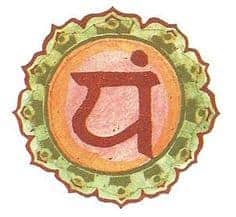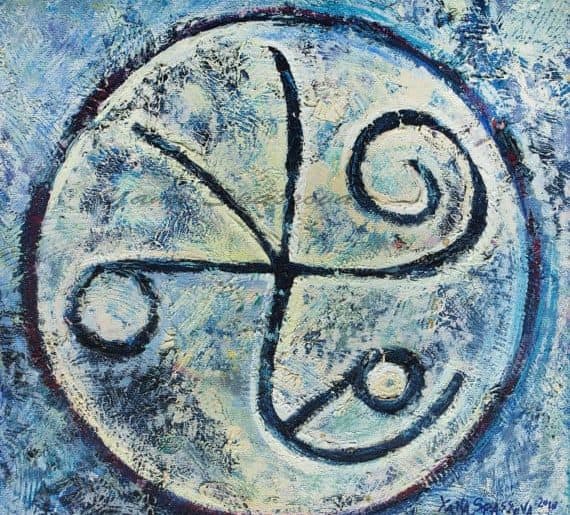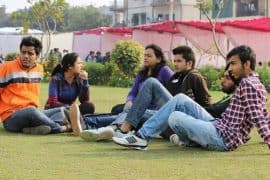The pantheistic system (the belief that everything composes an all-encompassing, immanent god) allowed only a subordinate rank to the old polytheistic gods, and the actual religious belief of the people was probably but little affected by their existence. However, they continued to occupy a prominent place in the affections of the poet and were still represented as exercising considerable influence on the destinies of men. The most notable of them were regarded as the appointed guardians of the world, and as such, were made to preside over the four cardinals and the intermediate points of the compass. Within Hinduism, many personal gods are worshipped in the form of statuettes. These beings are either aspects of the Supreme Being or significantly powerful entities known as Gods. The exact nature of belief with regards to each deity varies between differing Hindu denominations and philosophies. Often these beings are depicted in humanoid or partially humanoid forms, complete with a set of unique and complex iconography in each case. In total, there are 330 thousand of these supernatural beings in various Hindu traditions.
People commonly refer to ‘God’ as the singular supreme power. The concept of Para Brahman, Allah, and Holy Father are treated as God. The Abs olute, Jehovah, Brahma, the Creator, and the Divine Architect being those commonly used in Aetherius Society teachings. The use of the term ‘God’ specifically refers to the Abrahamic God or Yahweh or Allah followed by the three major monotheistic faiths: Judaism, Christianity, and Islam. But, ‘god’ generally refers a deity in a pantheon or to demigods who are powerful but not supreme. For example, Hermes the god of the crossroads from Greece, Surya, the sun god in Hinduism, or Tlaloc the rain god from the Aztec pantheon are demi-gods.
olute, Jehovah, Brahma, the Creator, and the Divine Architect being those commonly used in Aetherius Society teachings. The use of the term ‘God’ specifically refers to the Abrahamic God or Yahweh or Allah followed by the three major monotheistic faiths: Judaism, Christianity, and Islam. But, ‘god’ generally refers a deity in a pantheon or to demigods who are powerful but not supreme. For example, Hermes the god of the crossroads from Greece, Surya, the sun god in Hinduism, or Tlaloc the rain god from the Aztec pantheon are demi-gods.
Above the level of a Cosmic Master, is the Mother Earth herself, who is a living, breathing Goddess – a being of incomprehensible compassion, power, and wisdom. In Hinduism, she is Shakti who is the divine manifestation of primordial cosmic energy. She may be regarded as The Goddess. But Saraswati, Parvati, Lakshmi are respectively the consorts of the Hindu divine trinity and hence can be regarded as a goddess. But because they are said to be different forms of Shakti, they are also called as The Goddess.

Though we can relate and derive that the capitalization of a letter should not be used to differentiate between these mythological characters; there is this metaphorical difference between Gods and gods and Goddess and goddess as people tend to define the cosmic energy and the material things in two different ways. Thus, Cosmic Energy is The God or The Goddess, and the ones who look after our plants, our food, the rain, the wind- are gods and goddesses. To put it succinctly, God is a superset, and god is a set. The laws of creation are not just created by God but are God. God is the true laws of Physics, and everything in creation happens within the confines of God’s great laws. Some of these laws may seem ‘scientific’ and others ‘spiritual,’ but this is a man-made distinction, and all these laws are in fact perfectly in harmony with one another, and ultimately all laws are one.
Image Credits: visiontimes.com and rootlight.com
Radhika Boruah




Comments are closed.